Exploring Family-Owned Forests in Kansas
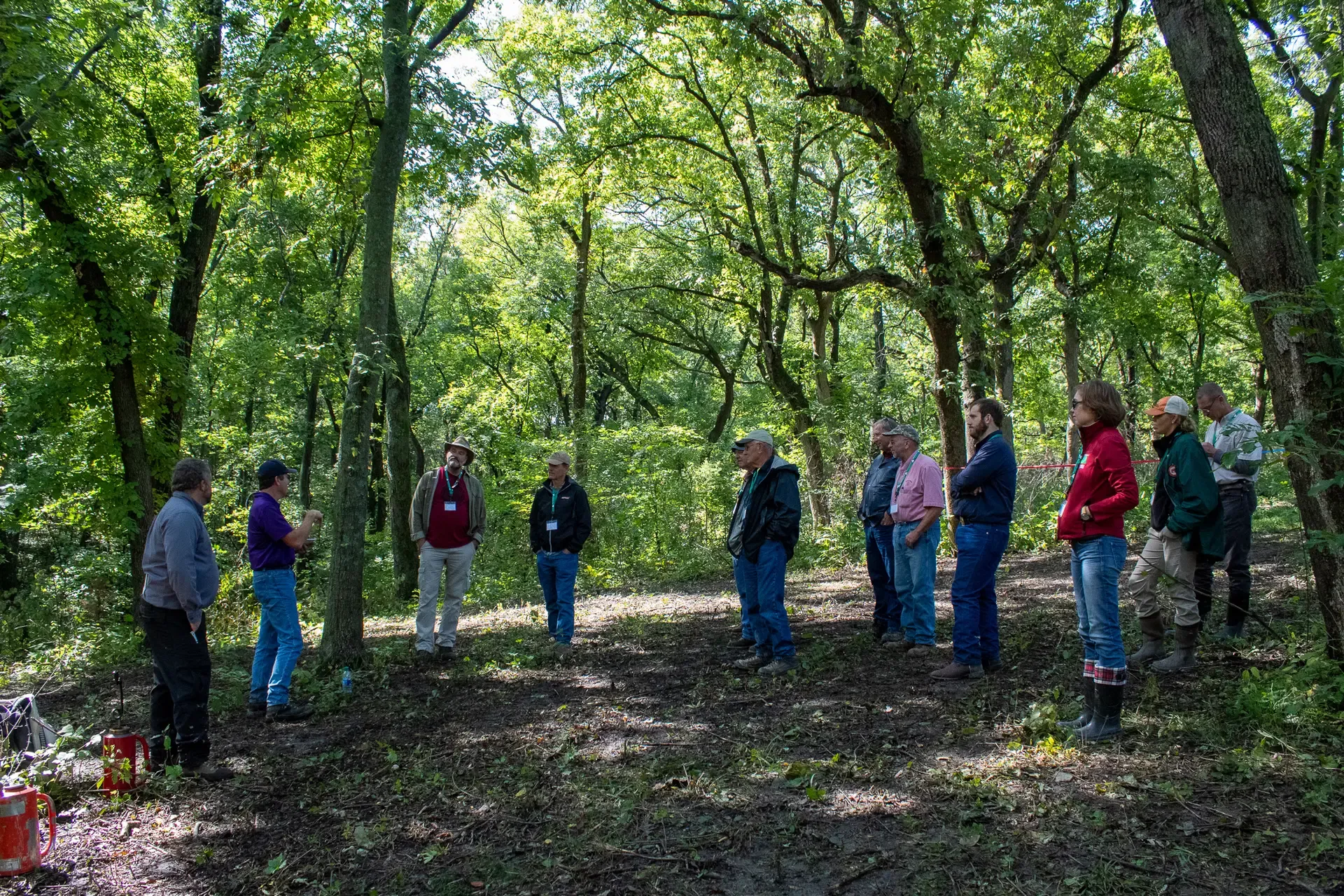
District Fire Management Officer Dennis Carlson discusses prescribed burning in woodlands to control the understory. Image courtesy of Kansas Forest Service.
The American Tree Farm System is celebrating its 80th birthday this year, a movement founded June 12, 1941, on the concept that recognizing landowners who practiced good forest stewardship would spur others to follow suit. And throughout its rich history, some of its state affiliates have made bigger headlines than others.
Washington lays claim to the first certified Tree Farm, a Weyerhaeuser property known as the Clemons Tree Farm, and Alabama certified the ATFS’s first non-industrial property in 1943. In 1976, the group’s first Outstanding Tree Farmer of the Year award went to a family forest owner in Florida. Wisconsin arguably has the most bragging rights of all as home to more than half of all Tree Farms in the system, according to Angela Wells, Director of ATFS.
Kansas: A Focus on Riparian Zones
Forests account for only 4.8% of the land in Kansas, which ranks 47th in the country in terms of forest cover, ahead of only the Dakotas and Nebraska, according to the U.S. Forest Service. Clearly, those states are part of the Great Plains for a reason. Still, Kansas has 2.46 million forested acres that provide walnuts, wildlife habitat, water filtration and windbreaks from windstorms.
The Kansas Forestry Association (KFA) was established in 2009 when the Kansas Tree Farm Program and the Kansas Chapter of the Walnut Council agreed to merge their governing boards. The unified group’s stated goal is to sustain the health and productivity of Kansas woodlands, windbreaks and related natural resources.
Ranchers and farmers in Kansas sometimes don’t adequately manage their forestland because it isn’t central to their businesses, so the KFA strives to educate them about the vital role forests play. That’s especially important in a state where 95% of the forestland is privately owned.
Shane Neel, the KFA’s program director and the Kansas Forest Service’s outreach coordinator, said landowners in Kansas seek out expertise on a variety of topics, including controlling invasive species such as the emerald ash borer and stopping the advance of the Eastern red cedar, which can outperform preferred species such as oak and walnut.
In western Kansas, landowners often want to know how to set up windbreaks and shelterbelts to protect crops and cattle. But in eastern Kansas, a major focus is on maintaining riparian zones, where rivers and creeks feed the majority of the state’s federal reservoirs. In these riparian zones, trees stabilize streambanks and limit erosion, the soil and vegetation filter water, and tree canopies cool water during hot summers, making streams more hospitable to aquatic wildlife.
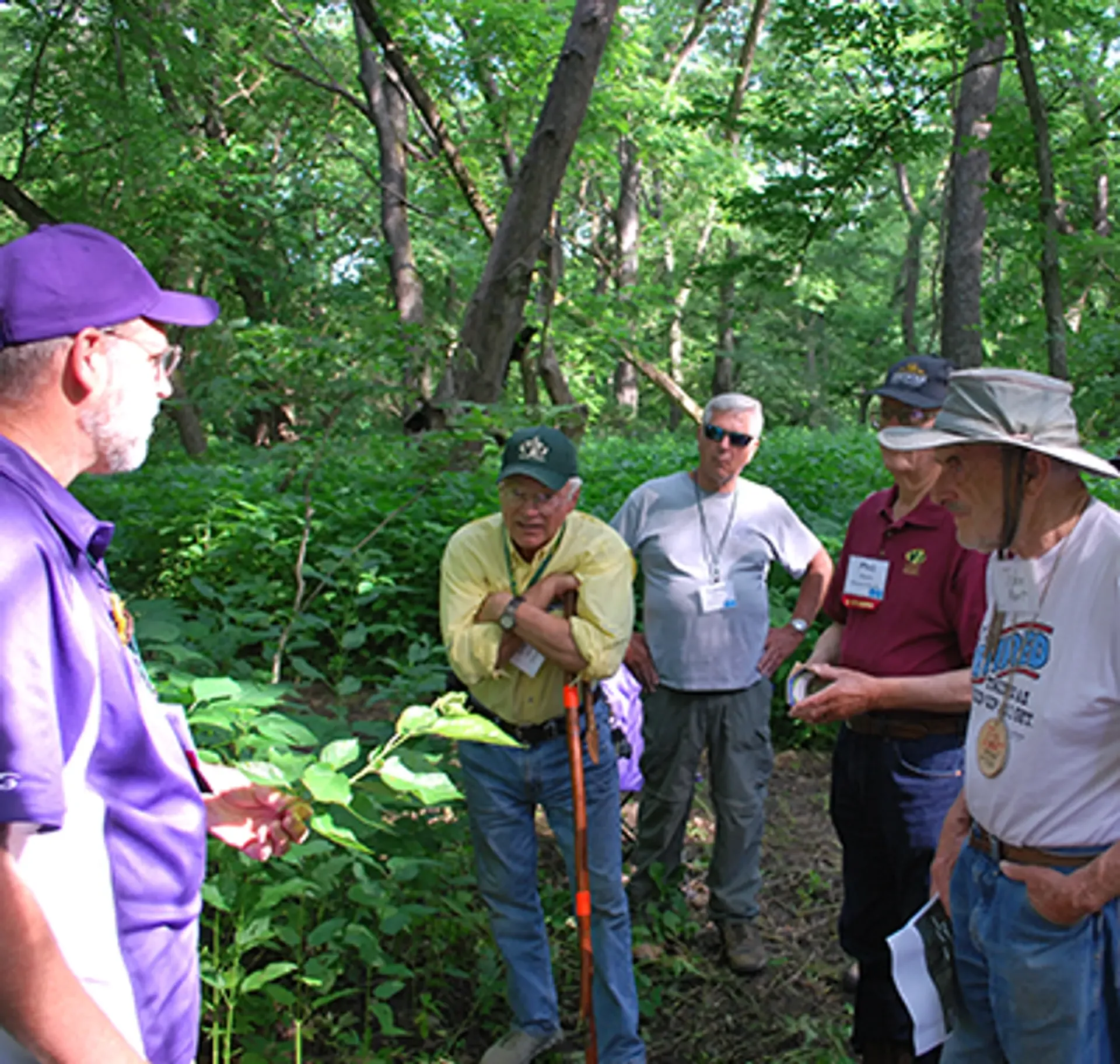
Professor Dr. Charles Barden details the procedure for woodland plant identification. Photo courtesy of Kansas Forest Service.
“Farmers in these riparian areas are starting to lose land because it’s washing into their rivers and creeks, so we want to help them reforest those areas into buffers,” Neel said.
Neel oversees the KFA’s Water Quality Advocate Network, a group of more than two dozen Kansas farmers, ranchers and landowners dedicated to improving water quality through peer-to-peer mentoring. These volunteers invite landowners to their properties to show them best practices and conduct site visits to help them get started.
“There can be a misunderstanding that woodlands just take care of themselves, especially in an agricultural state that’s big on hunting,” Neel said. “It’s not always understood that actively managing it more effectively will actually increase the abundance of wildlife on your land.”
Each year, the KFA and Kansas Forest Service present the Kansas Agroforestry Award and the Forest Stewardship Tree Farmer of the Year award to landowners who do an exceptional job of caring for their woodlands and windbreaks. Winners receive a monetary award, a walnut plaque and signage for their property.
The KFA’s three biggest annual events are its Agroforestry Field Day in May, Walnut Council Field Day in June and Fall Forestry Field Day in October, but it also holds other educational events. Presentations have covered controlling invasive species, stabilizing stream banks, tree identification and timber-stand improvement through selective harvesting, to name just a few. The pandemic recently forced the postponement of a three-day workshop on managing carbon through healthy forests.
Those events are opportunities for the KFA to connect landowners with district foresters from the Kansas Forest Service. From there, they can start the path toward ATFS certification and possibly obtain federal cost-sharing for land management projects.
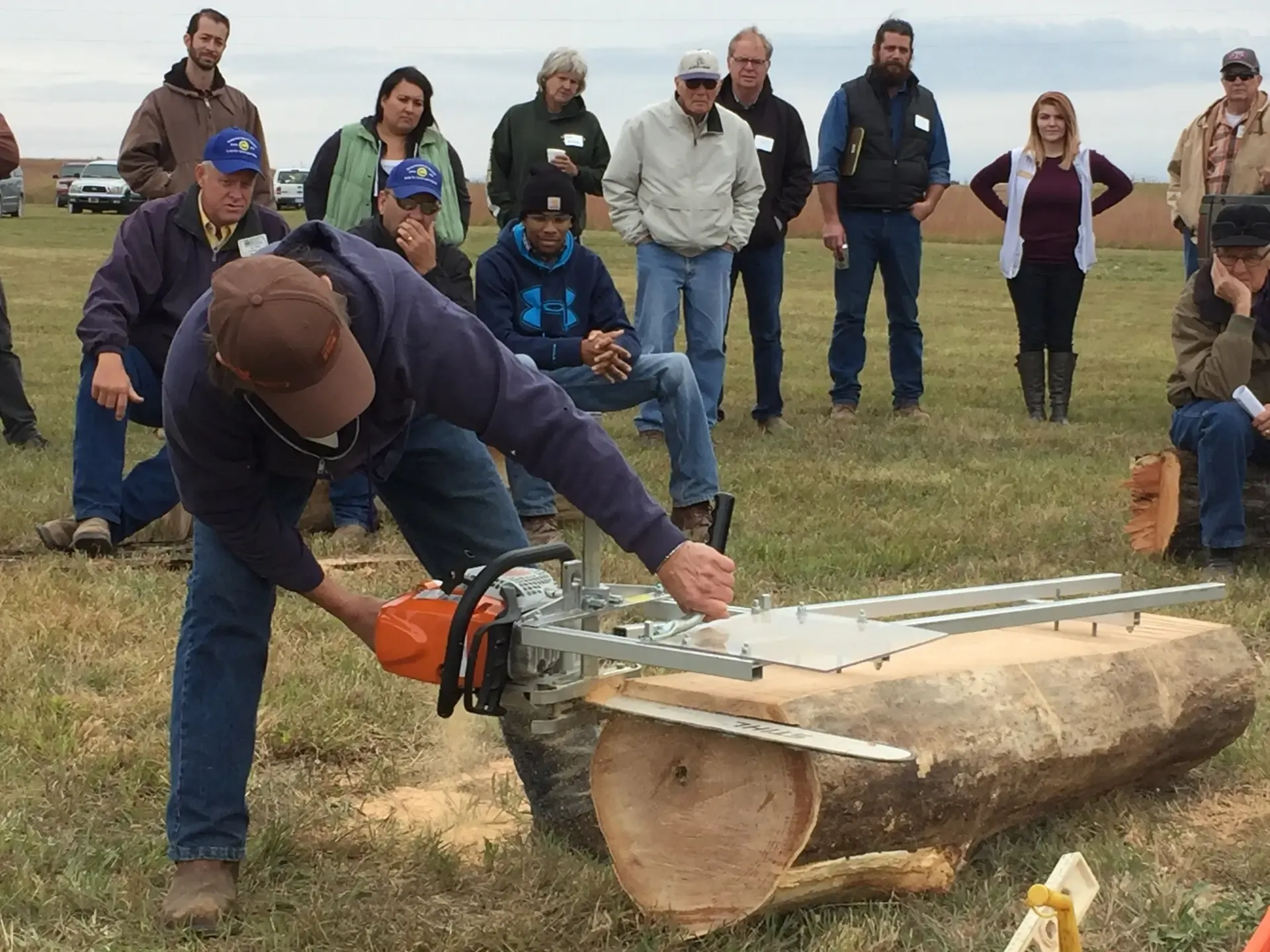
A milling demonstration is performed by Kansas Forestry Association Board Member, Debra McDaniels.
The KFA has almost 250 members, including landowners who manage woodlands and windbreaks, Tree Farmers, walnut growers, ranchers, farmers, foresters, wildlife biologists, research scientists, loggers, conservation organizations and government agencies. The diverse membership “allows Kansas Tree Farm to always have a voice and be able to connect their landowners with opportunities to help them manage their forests,” according to Parks Brigman, ATFS Western Regional Manager.
“Kansas Tree Farm is a dedicated group passionate about raising awareness and helping landowners reduce fire risk, treat invasive species and improve water quality across the state,” Brigman said. “Several Tree Farmers even stepped up to mentor their peers and neighbors, advocating for sustainable forest management to improve water quality.”
This piece was originally published as part of a larger article in AFF's quarterly magazine, Woodland Magazine. You can read the full piece in the digital edition of the publication.
Related Articles

November 20, 2025
New Film Showcases Carbon Project’s Impact on Family Landowners and Nature
The American Forest Foundation (AFF), a national organization committed to empowering family forest owners to create meaningful conservation impact, announced today the release of a new film that tells the story of the Family Forest Carbon Program (FFCP) and its impact on people and the planet.
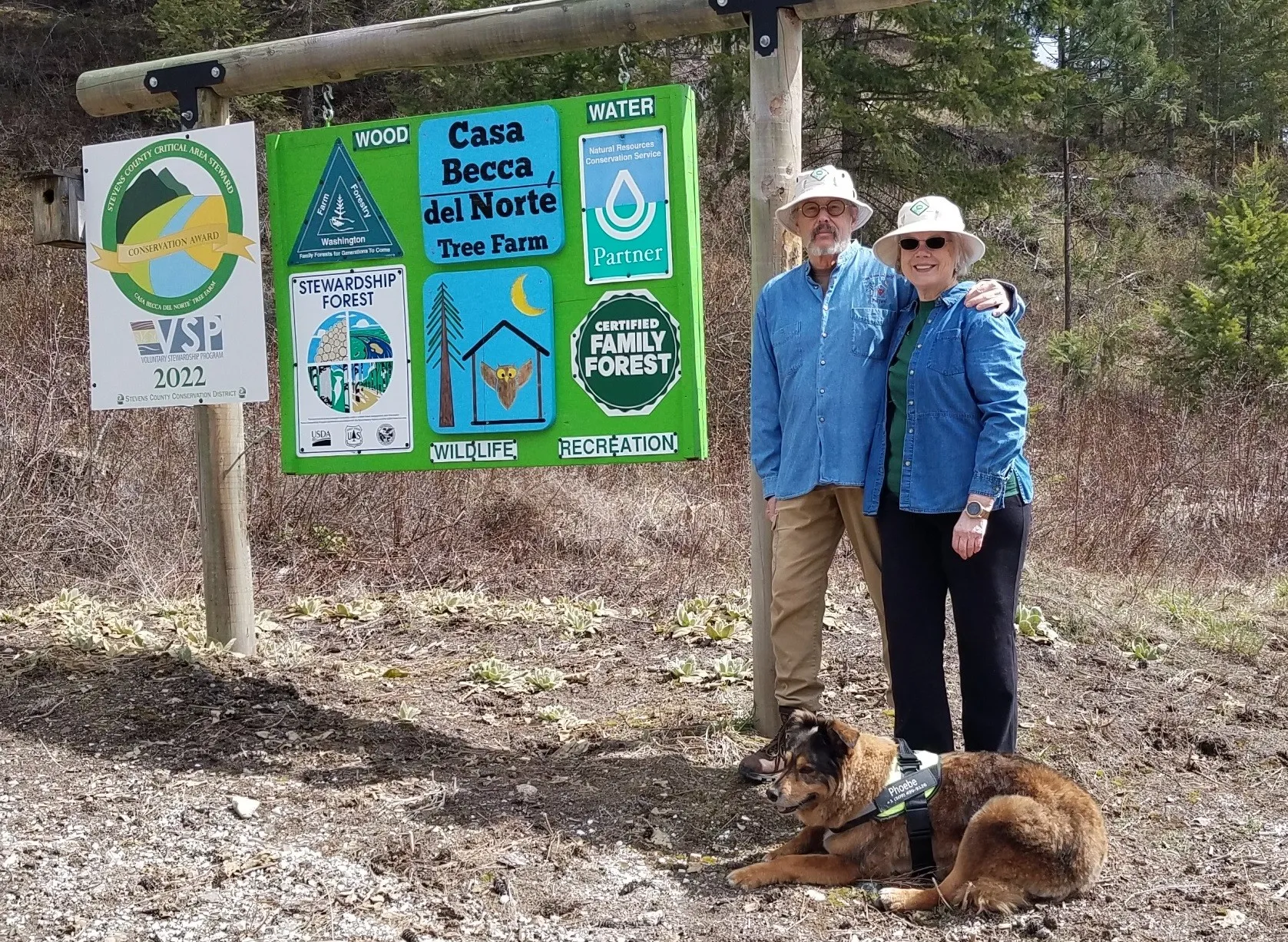
November 6, 2025
Meet the 2025 Outstanding Tree Farmers of the Western Region – Lynn and Becky Miner
Lynn and Becky Miner’s story is one of vision, perseverance, and transformation. When they first purchased their 100-acre property near Chewelah, Washington in 1992, it was far from the thriving, diverse forest it is today. They have poured their energy into turning “Casa Becca del Norte” (Becky’s House in the North) into a model Tree Farm, earning the recognition as 2025’s Outstanding Tree Farmers of the western region.
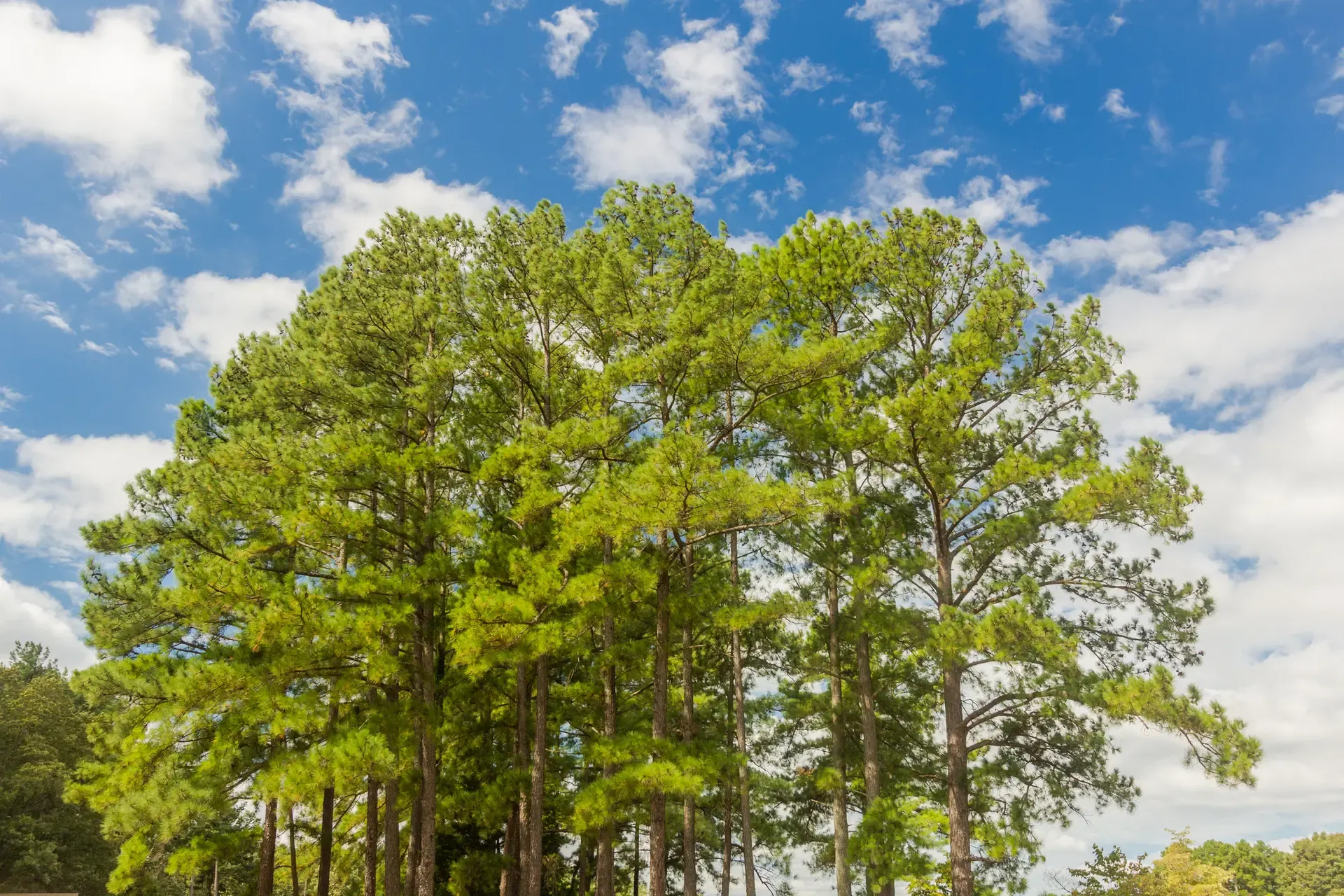
June 3, 2025
Why Wildlife Loves Loblolly—And How These Pines Can Benefit Your Land
A quiet stretch of pine trees can offer more than just scenery—it can provide vital habitat for wildlife across every season. Loblolly pine, the most common native tree species in the Southeast, plays a particularly important role in creating habitat for a wide variety of game and non-game species, from wild turkeys and rabbits to songbirds and squirrels.